- No products in the cart.
Glimekomb tabs 40mg + 500mg 60 pieces
$9.47
Glimekomb tabs 40mg + 500mg 60 pieces
SKU: 02055857410 Categories: Diabetes, Hypoglycemic, Medicaments Tags: gliclazide + metformin, QUINACRINE
Description
Composition
Active substance:
1 tablet contains: metformin hydrochloride in terms of 100% substance, 500 mg, gliclazide in terms of 100% substance, 40 mg ;.
Excipients:
Sorbitol, povidone, croscarmellose sodium, magnesium stearate.
Description:
Tablets from white to white with Valium, or yellowish shade, Valium, with a facet and Valium. Presence of “marbling”.
Product form:
Tablets of 40 mg + 500 mg. 30, 60 or 120 tablets in the vial for medicines of plastic. At 10 or 20 tablets in blisters. Each vial or 6 contour cell packs of 10 tablets, or 5 yacheykovyhupakovok contour 20 tablets together with instructions for use in a stack of cardboard.
Contraindications
Hypersensitivity to metformin, gliclazide or other derivatives of sulfonylureas, and also to the auxiliary substances; type 1 diabetes; diabetic ketoacidosis, diabetic precoma, diabetic coma; hypoglycemia; severe renal impairment; acute conditions that may lead to changes in renal function: dehydration, severe infection, shock; acute or chronic diseases accompanied by tissue hypoxia: cardiac or respiratory failure, recent myocardial infarction, shock; liver failure; porphyria; pregnancy, breast-feeding; concomitant use of miconazole; infectious diseases, major surgery, trauma, extensive burns and other conditions requiring insulin therapy; chronic alcoholism, acute alcohol intoxication; lactic acidosis (including history); use for at least 48 hours before and 48 hours after the radioisotope or radiological examinations with the introduction iodinated contrast material; compliance hypocaloric diets (less than 1000 kcal / day).
Do not use the drug in patients older than 60 years, performing heavy physical work, which is associated with an increased risk of developing lactic acidosis.
Carefully
Febrile syndrome, adrenal insufficiency, hypofunction of the anterior pituitary, thyroid disease with impaired its function.
Dosage
40 mg + 500 mg
Indications
Type 2 diabetes is the poor diet, physical exercise and previous therapy with metformin or gliclazide.
Substitution of the two drugs previous therapy (metformin and gliclazide) in patients with type 2 diabetes with stable and well controlled blood glucose level.
Interaction with other drugs
Enhance the hypoglycemic effect of the drug angiotensin converting enzyme inhibitors (captopril, enalapril), blockers of H2-histamine receptors (cimetidine), antifungal drugs (miconazole, fluconazole), non-steroidal anti-inflammatory drugs (NSAIDs) (phenylbutazone, azapropazone, oxyphenbutazone), fibrates (clofibrate, bezafibrate ), TB (ethionamide), salicylates, coumarin anticoagulants, anabolic steroids, beta-blockers, monoamine oxidase inhibitors, sulfonamides long Actions ceiling elements, cyclophosphamide, chloramphenicol, fenfluramine, fluoxetine, guanethidine, pentoxifylline, tetracycline, theophylline, tubular secretion blockers, reserpine, bromocriptine, disopyramide, pyridoxine, other hypoglycemic drugs (acarbose, biguanides, insulin, etc.), allopurinol oxytetracycline.
Weaken the effect of barbiturates, steroids, agonists (epinephrine, clonidine), antiepileptics (phenytoin), blockers “slow” calcium channels, carbonic anhydrase inhibitors (acetazolamide), thiazide diuretics, chlorthalidone, furosemide, triamterene, asparaginase, baclofen, danazol, diazoxide, isoniazid , morphine, ritodrine, salbutamol, terbutaline, glucagon, rifampicin, thyroid hormones, lithium salts in high dozahnikotinovaya acid, chlorpromazine, oral contraceptives and estrogens.
It increases the risk of ventricular arrhythmia, and against the background of cardiac glycosides.
Drugs that suppress the bone marrow blood, increases the risk of myelosuppression.
Ethanol increases the likelihood of developing lactic acidosis.
Metformin reduces the maximum blood concentration (C max) and T 1 / 4furosemida 31 and 42.3%, respectively. Furosemide increases metformin C max by 22%.
Nifedipine increases absorption, C max, slows excretion of metformin.
Cationic drugs (amiloride, digoxin, morphine, procainamide, quinidine, quinine, ranitidine, triamterene, and vancomycin), secreted in the tubules, compete for tubular transport system and long-term therapy may increase metformin C max by 60%.
Overdose
Overdose or the presence of risk factors can trigger the development of lactic acidosis, since the drug enters metformin. At occurrence of lactic acidosis symptoms should stop taking the drug. Lactic acidosis is a condition that requires urgent medical assistance; treatment of lactic acidosis must be carried out in a hospital. The most effective treatment is hemodialysis. Overdose may also lead to hypoglycemia due to the presence in the composition of the drug gliclazide. When hypoglycemia mild or moderate glucose (dextrose) or sugar solution is taken orally. In case of severe hypoglycemia (loss of consciousness) injected intravenously 40% solution of dextrose (glucose) or glucagon intravenously, intramuscularly, subcutaneously. After recovery of consciousness patient must provide food, rich in carbohydrates, in order to avoid a recurrence of hypoglycemia.
pharmachologic effect
Pharmacological group:
Hypoglycemic agent for oral use combined (sulfonylurea + biguanide drug group).
Pharmacodynamics:
Glimekomb® is a fixed combination of two oral hypoglycemic agents of various pharmacological groups: Gliclazide and Metformin. It has pancreatic and vnepankreticheskim effects.
Gliclazide stimulates the secretion of insulin by the pancreas, increases the sensitivity of peripheral tissues to insulin. It stimulates the activity of intracellular enzymes – muscle glycogen. Restores the early peak of insulin secretion, reduces the time interval from the time the meal before the start of insulin secretion, reduces postprandial hyperglycemia. Besides effects on carbohydrate metabolism, influences the microcirculation, reducing adhesion and platelet aggregation, retards the development of membrane thrombosis, normalizes vascular permeability and prevents the development of atherosclerosis and mikrotromboza, restores the physiological process of membrane fibrinolysis, elevated counteracts the reaction to adrenalin vessels at microangiopathies. Slows the progression of nonproliferative diabetic retinopathy stage; diabetic nephropathy amid long application noted a significant decrease in proteinuria. It does not increase body weight, as has predominant effects on early peak insulinosekretsii and does not cause hyperinsulinemia; It helps to reduce body weight in obese patients, subject to an appropriate diet.
Metformin belongs to the biguanide group. It reduces the concentration of blood glucose by inhibiting hepatic gluconeogenesis, reduce glucose absorption from the gastro-intestinal tract and enhance its utilization in tissues. Reduces the concentration of serum triglycerides, cholesterol and low-density lipoprotein (defined by fasting) and did not change the concentration of lipoproteins other densities. It contributes to the stabilization or reduction of body weight. In the absence of insulin in the blood of a therapeutic effect is not manifested. Hypoglycemic reactions causes. It improves blood fibrinolytic properties due to suppression of plasminogen activator inhibitor (plasminogen) tissue type.
Pharmacokinetics:
Gliclazide. Absorption – high. After oral administration of 40 mg of the maximum plasma concentration is reached after 2-3 hours, and about 2-3 mcg / ml. Communication with the plasma protein-85-97%.
Poluvyvedeniya- period of 8-20 hours. Metabolized in the liver. Excreted mainly as metabolites kidney – 70% through 12% kishechnik-. In the elderly clinically significant changes in pharmacokinetic parameters are not marked. Metformin. Absorption – 48-52%. Rapidly absorbed in the gastrointestinal tract. Absolute bioavailability (fasting) is 50-60%, the dietary reduces the maximum concentration of 40% and slows its achievement for 35 min.
plasma concentration achieved after 1,81-2,69 hours and not more than 1 ug / ml. Relationship to plasma proteins – small, can accumulate in the red blood cells. The half-life of 6.2-h.
Excreted by the kidneys, mainly unchanged (glomerular filtration and tubular secretion) and in the intestine (30%).
Pregnancy and breast-feeding
During pregnancy, use of the drug is contraindicated Glimekomb®. When planning a pregnancy, and in the case of pregnancy during reception Glimekomba®, the drug must be canceled and is assigned insulin.
Glimekomb® contraindicated when breastfeeding, since the drug is able to penetrate into breast milk. In this case, you must go to insulin or to stop breastfeeding.
Conditions of supply of pharmacies
On prescription.
side effects
From a metabolism: in violation of the dosing and inadequate diet – hypoglycemia (headache, fatigue, hunger, sweating, severe weakness, palpitations, dizziness, incoordination, temporary neurological disorders, with the progression of hypoglycemia may lose the patient self-control and consciousness); in some cases – lactic acidosis (weakness, myalgias, respiratory disorders, drowsiness, abdominal pain, hypothermia, lowering blood pressure, reflex bradyarrhythmia).
From the digestive system: dyspepsia (such as nausea, diarrhea, sensation of heaviness in the epigastrium, “metallic” aftertaste in the mouth), loss of appetite – severity reduced while taking the drug at meal times; rarely – liver damage (hepatitis, cholestatic jaundice – requires discontinuation of the drug, increased activity of “liver” transaminases, alkaline phosphatase).
From the side of hematopoiesis: rarely – inhibition of bone marrow hematopoiesis (anemia, thrombocytopenia, leukopenia).
Allergic reactions: itching, rash, maculopapular rash.
In the case of adverse effects the dose should be reduced or the drug is temporarily canceled.
Other: impaired vision.
Common side effects of sulfonylureas: erythropenia, agranulocytosis, hemolytic anemia, pancytopenia, allergic vasculitis; life-threatening liver failure.
special instructions
Treatment with Glimekomb® performed only in conjunction with a low calorie diet low in carbohydrates. Should regularly monitor blood glucose fasting and after meals, especially in the early days of drug treatment.
Glimekomb® can be assigned only to patients receiving regular meals, be sure to include breakfast ensures adequate intake of carbohydrates.
In the appointment of the drug should be taken into account that due to receiving sulfonylureas may develop hypoglycemia, and in some cases – in the form of a severe and prolonged, requiring hospitalization and administration of glucose within a few days. Hypoglycemia occurs more frequently with a low calorie diet, following prolonged or vigorous exercise after drinking alcohol or while taking a few hypoglycemic drugs simultaneously.
To avoid hypoglycaemia, careful and individual selection of doses, as well as the representation of the patient full information about the proposed treatment.
When the physical and emotional strain, a change of diet is necessary dose adjustment Glimekomba®.
Particularly sensitive to the action of hypoglycemic agents: the elderly; Patients who are not receiving a balanced diet, with a general weakening of the state; patients suffering from pituitary-adrenal insufficiency. Beta-blockers, clonidine, reserpine, guanethidine may mask the clinical manifestations of hypoglycemia.
Patients should be warned about the increased risk of hypoglycaemia in case of reception of ethanol, NSAIDs, fasting.
Major surgery and trauma, extensive burns, infections with fever syndrome may require the cancellation of oral hypoglycemic drugs and insulin therapy appointment. In the treatment requires monitoring of renal function; determination of lactate in plasma should be at least 2 times a year, as well as the appearance of myalgia.
The development of lactic acidosis requires discontinuation of treatment.
48 hours before surgery or intravenous administration of iodinated contrast media reception Glimekomba® should be discontinued; treatment is recommended to resume after 48 hours.
Against the background of therapy with Glimekomb® patient must renounce the use of alcohol and / or drugs containing ethanol and food.
During the period of treatment must be careful when driving and occupation of other potentially hazardous activities that require high concentration and psychomotor speed reactions.
Storage conditions
Store in a dry, dark place at a temperature not higher than 25 ° C.
Keep out of the reach of children.
Dosing and Administration
The drug is administered orally, during or immediately after a meal. The dose is determined by the doctor for each patient individually depending on the level of blood glucose.
Typically, the initial dose is 1-3 tablets per day with gradual selection of doses to achieve compensation resistant disease.
Usually the drug is taken 2 times a day (morning and evening). The maximum daily dose is 5 tablets.
Information
Appearance may differ from that depicted in the picture. There are contraindications. You need to read the manual or consult with a specialist
Additional information
| Weight | 0.100 kg |
|---|---|
| Manufacturer | QUINACRINE |

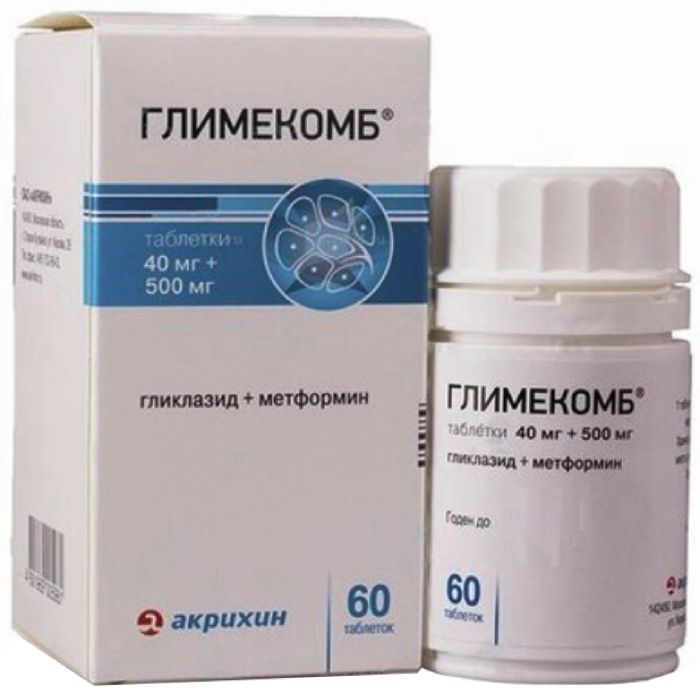
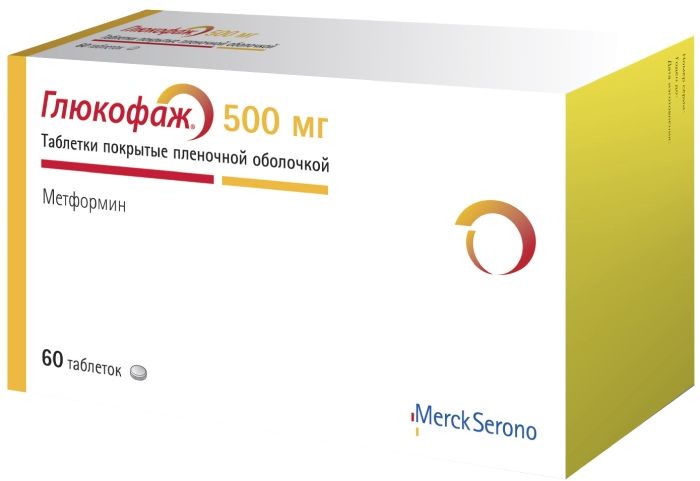
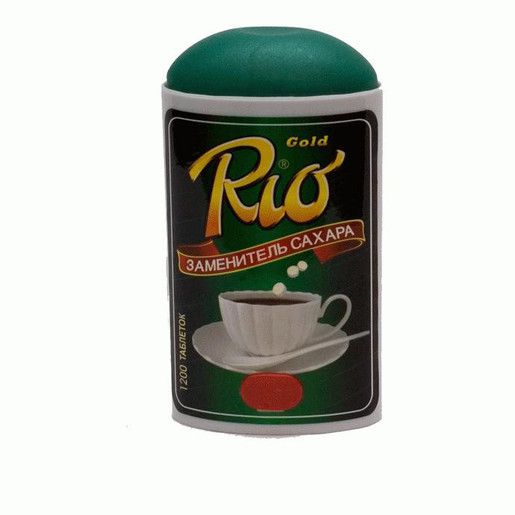
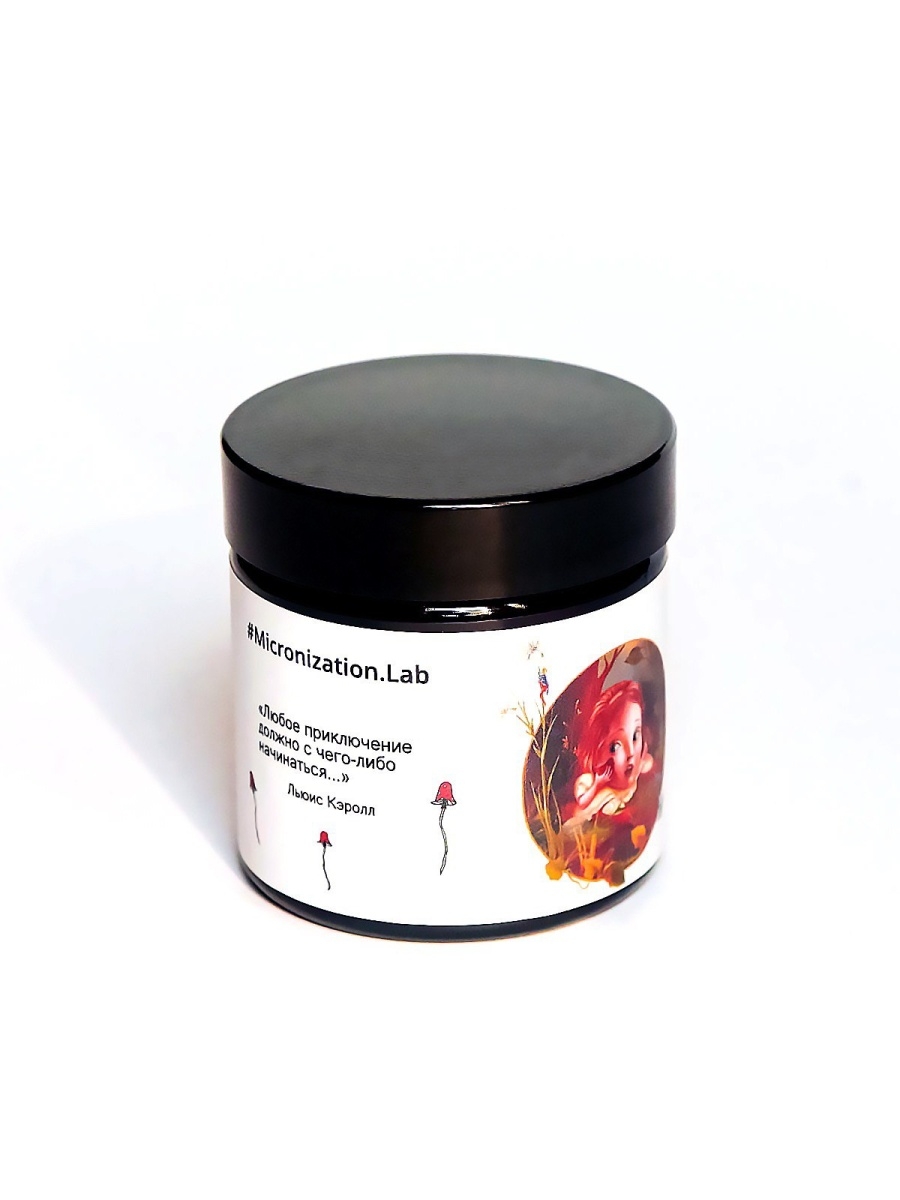
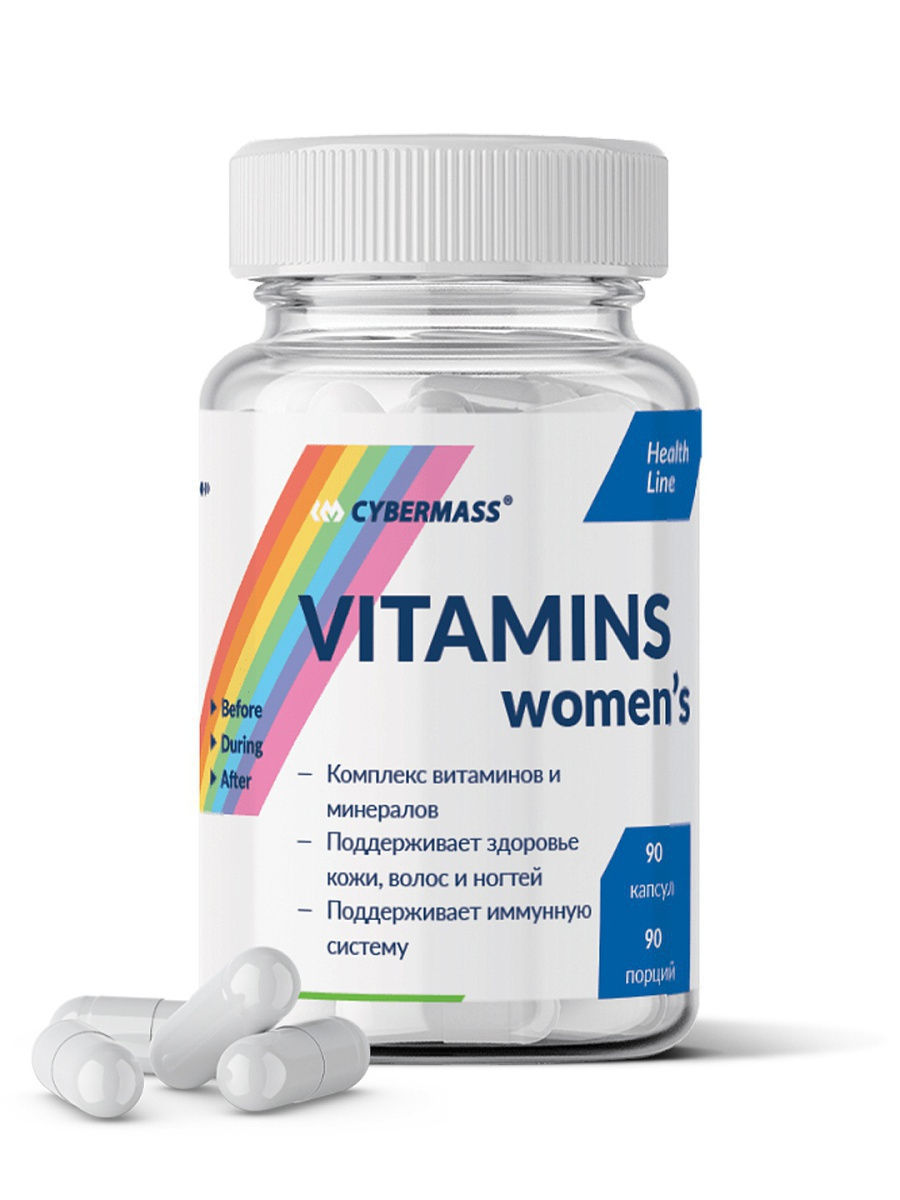
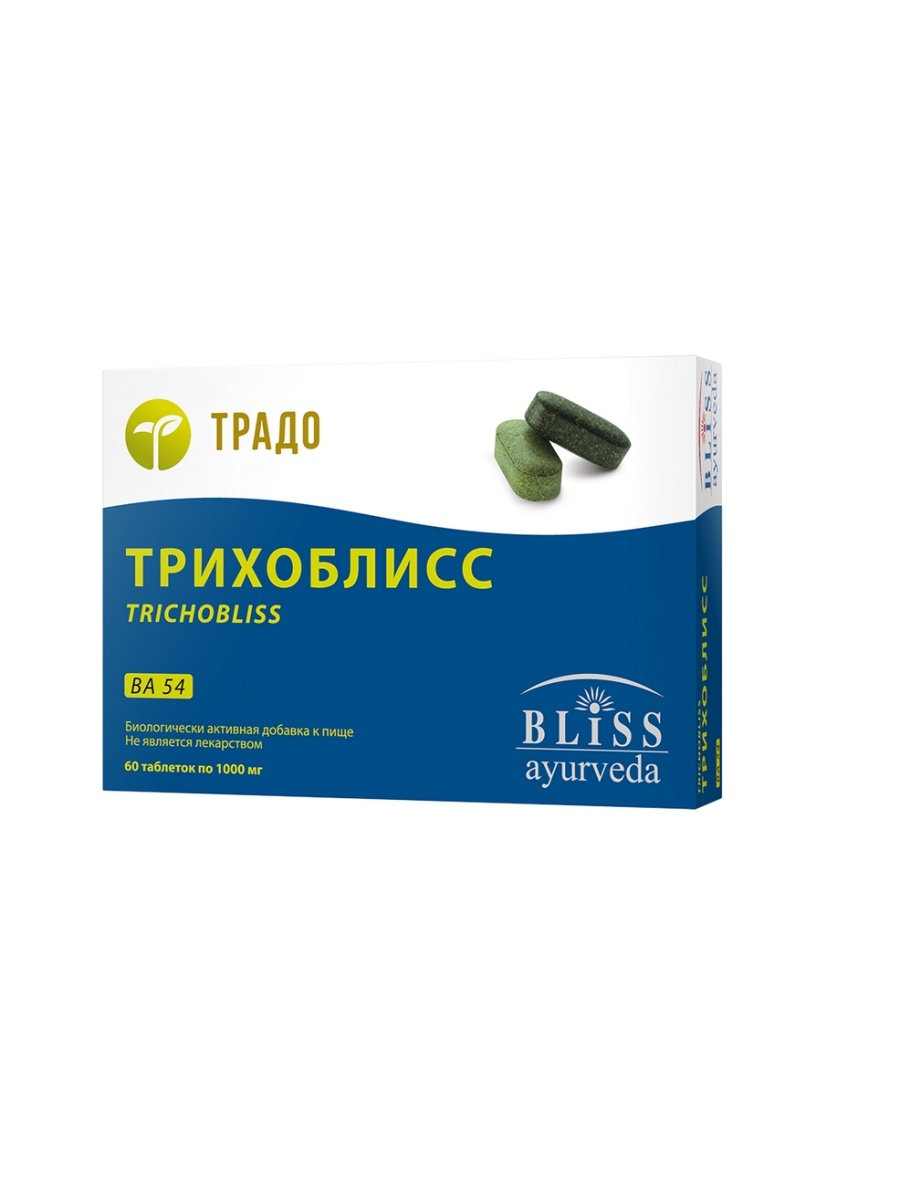
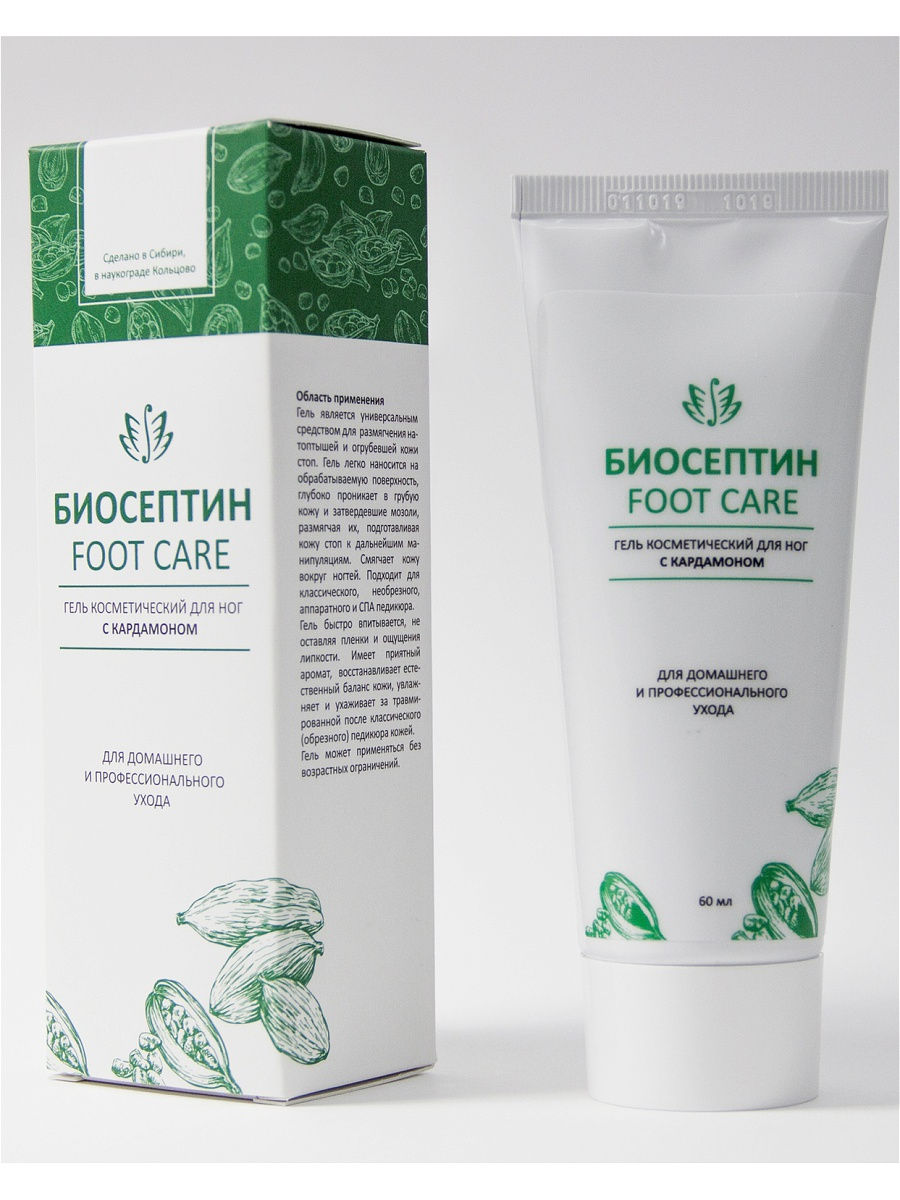

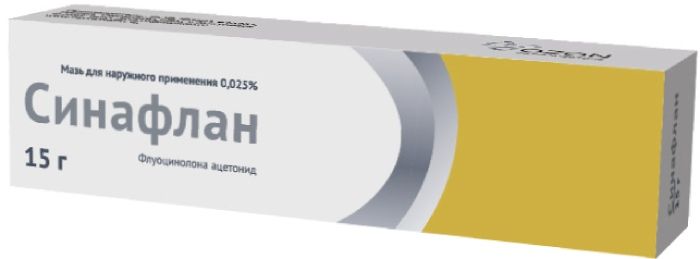




There are no reviews yet.